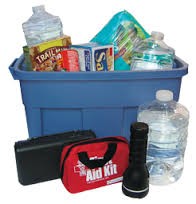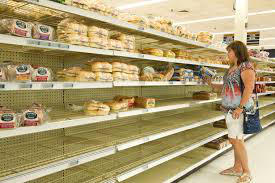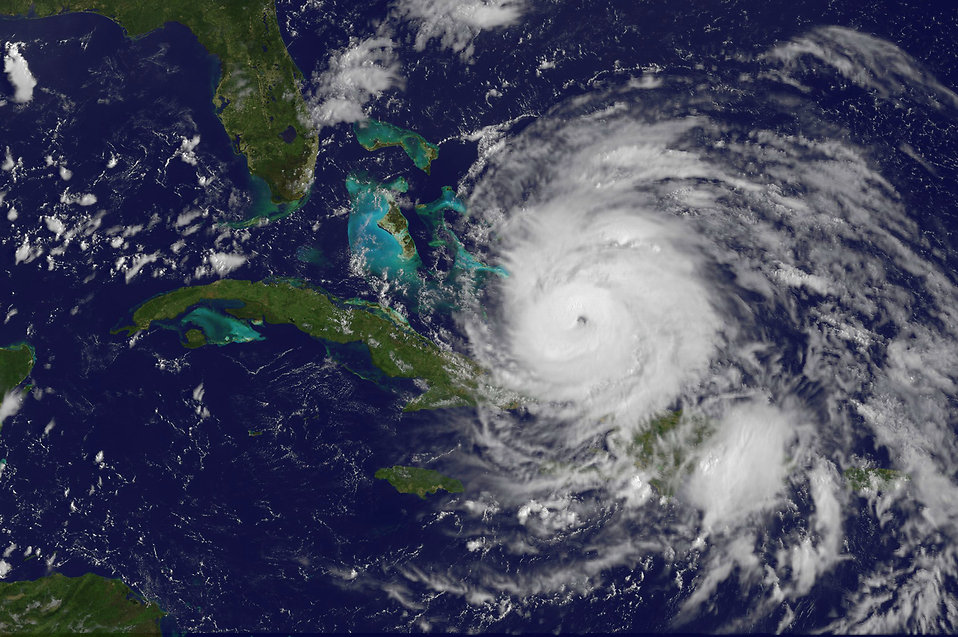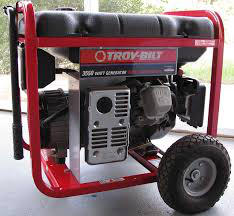I recently experienced my first “real” tropical storm. I say “real” because I’ve been through other tropical storms. While living in Arizona for 20 years we often would get a tropical storm running out of steam after moving up through Baja. I’ve also been in Rhode Island for the end of a tropical storm. I would call those experiences a few days of rain showers compared to what we just went through with Tropical Storm Michael.
Click here to read the full article at Advisor Perspectives
As things have resumed back to normal, I reflected on the lessons we could learn from our experience with this storm.
1. Having a plan is critical

In investing we know “tornadoes” will come up, sometimes with plenty of warning and other times with very little time to react. It is critical to have a plan on what you will do with your investments prior to the storm hitting. Walking through various scenarios and whether or not it is something you should be worried about is something that should be done before the storm hits. The peace of mind knowing you’ve prepared for the worst makes it much easier to handle when it eventually comes.
2. Preparation helps, but surprises will happen.

We were stocked for Florence & had our supplies, but that doesn’t mean you’ll be ready for every storm.
The same is true with your investments. You can make all the preparations you want, but sometimes a big surprise comes your way (anyone invested on September 11, 2001 will testify to that). This goes back to point #1 — having a plan in place is critical.
3. A “false alarm” is no reason to not plan for the next storm

After Florence stayed west of Virginia, many vowed to ignore the next forecast. “They are always wrong,” was a common reason.
I see this constantly in investing. Already this year we’ve seen two scary drops in the market. Many forecasters for years have been rightfully warning about the consequences for investors when the extremely high valuations, our skyrocketing debt levels, rising interest rates, and the inevitable recession strike the stock market. When the market fell and quickly rallied back all it did was strengthen the resolve of too many investors to start ignoring these forecasts for a bear market. Both the weather and markets move in cycles. Just because the last warning did not bring a major storm, we should not believe we will not have another one.
4. Investing in protection is worth it
We were told that the annual blizzard as well as any tropical storms that came through our area could mean 2 to 3 days or more without power. We heeded those warnings and bit the bullet to purchase a generator strong enough to power the critical circuits in our house simultaneously as well as a whole house hook-up. The value of this is an economic concept called “utility”.

(Side note: because SEM is a national firm, we cannot close just because weather hit one of our office locations. Our “disaster recovery” plan was put through its first live test and I would give us a “B”. The only real hole was one we were aware of — converting our landline phones to cell phones, and something we were already working on. As it was, we were able to work at full capacity all day on Friday (we were able to forward our land-line phones to our Arizona office.))
The same is true for investing. We all know the only way to get the benefit of the long-term out-performance of the stock market is to be 100% invested, 100% of the time. For those with any experience going through a bear market, or more importantly those who are depending on their investments to live on during retirement, the “utility” of having somebody monitoring their investments, developing a plan for the storm, and being there to provide protection where needed is worth it. We also have to remember the longer we go without a storm, human nature will want to reduce the “utility” of these protections. Whether we are talking about the weather or the stock market, our study of history should tell us the longer we go without a tropical storm or bear market means the odds are significantly higher one is coming soon.
5. Time moves slowly during a storm

Should we go out and try to get more fuel (most gas stations within a 20 mile radius were either without power or out of gas)? Should we try to find a store to get more food? Should we be shutting the generator off? What else should we be doing just in case? How many more board games can we play? (Should we tell the twins we turned on the XBox circuit?) Those are all things going through our minds during the 2 1/2 days and we were one of the most prepared families in our community.
I know the same thing is true during a bear market. We had clients who had been sitting in low risk investments from late June 2008 through the frightening near collapse of our financial system in September/October 2008 concerned about how much longer we would be sitting in cash earning “nothing”. We had clients who had 20 or more years until they could touch their retirement funds worrying about the market never coming back. During the inevitable “storm” even the most prepared investors will begin having doubts about the plan. This is why having a solid plan in place is so critical.
I do not know when the next storm will hit, how bad it will be, or what the aftermath will look like. I do know we develop customized plans for our clients designed to give them the peace of mind they need during the inevitable storm. We work with advisors across the country who can assist you in writing your own investment emergency plan. If you would like to find one, let me know.




